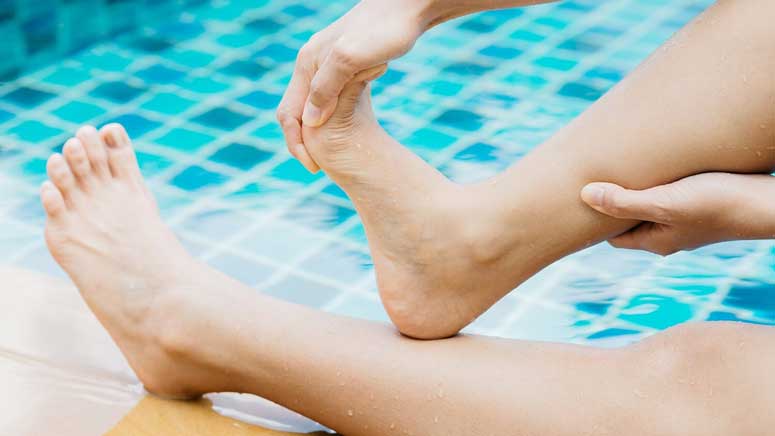Muscle cramps are involuntary spasms in your muscles. They occur suddenly, are often painful, and the symptoms can linger for hours. The most intense pain often only lasts a few seconds or minutes.
Cramps may affect muscles in your arms, abdomen, feet (usually between two toes), and hands. The most commonly affected muscles are the calf and thigh muscles. This article discusses how to diagnose and treat muscle cramps.
Diagnosis

You can usually tell if you have a muscle cramp by yourself. You do not need to see a doctor, especially for mild cramps. If the cramp is severe, chronic, or unresponsive to treatment, you may need to. It could be a sign of a more serious condition, although this is rare.
Your doctor’s aim during an examination is usually to find out details about the cramp so they can make a judgment on its severity, possible underlying cause, and appropriate management plan. According to Mayo Clinic [1], questions doctors are likely to ask when you present yourself include:
- When did you develop cramps?
- How often do you experience cramps?
- How severe are the cramps?
- Does anything typically precede your cramps, such as mild to strenuous exercise?
- Do you ever have cramps while resting?
- Does stretching relieve your cramps?
- Do you have other symptoms, such as muscle weakness or numbness?
- Have you noticed changes in your urine after exercise?













